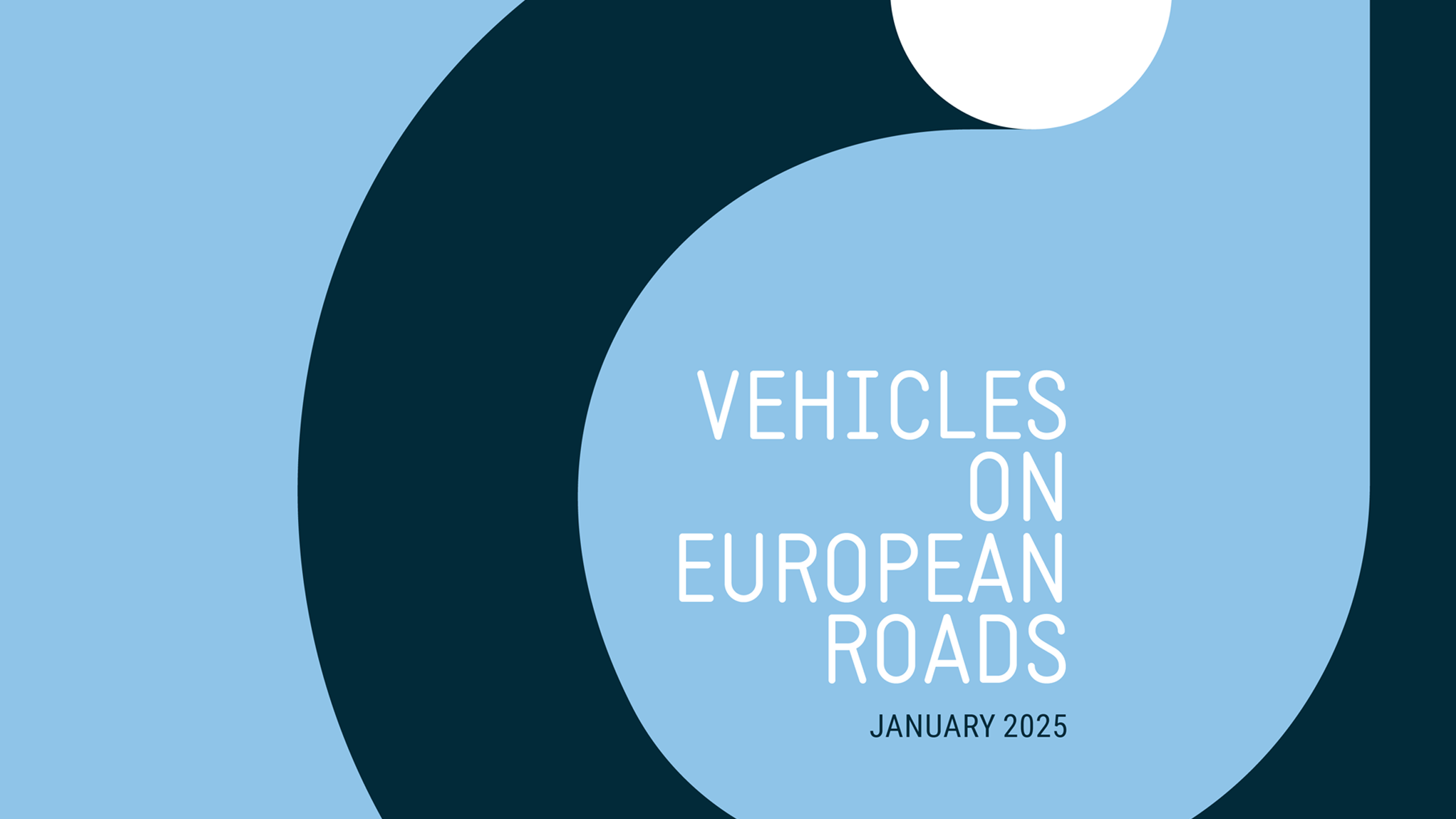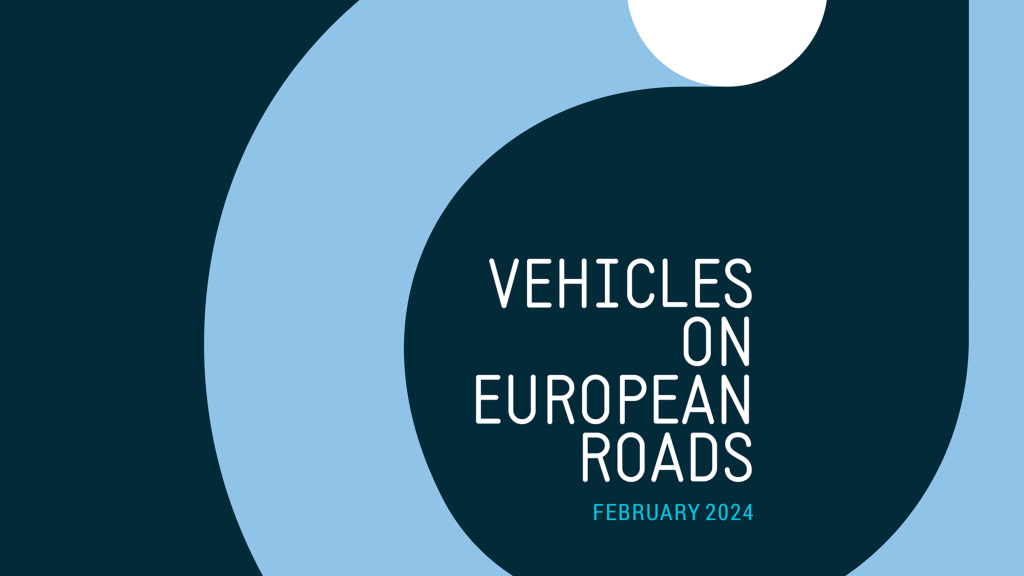Report – Vehicles on European roads 2025

This unique report provides a snapshot of what the ‘fleet’ of vehicles on Europe’s roads looks like, including average vehicle age, the share of power types, the number of cars per person and much more.
Top Insights
- There were 249 million cars on EU roads in 2023, a 1.4% increase from the previous year. Italy has the highest number of cars per 1,000 inhabitants, while Latvia has the lowest.
- Electrically chargeable cars continue to grow, up from 2.2% to 3.9% in 2023
- There are roughly 30.1 million vans on EU roads, a 1.7% increase, with 1.3% being electrically chargeable.
- 6 million trucks are now on EU roads, a 0.8% increase, with 0.1% being electrically chargeable. On average, trucks remain the oldest of all vehicle types at 14.1 years
- There are now about 680,000 buses on EU roads, an increase of 0.9%, with 3% being electrically chargeable. Battery-electric models comprise over 10% of buses in four EU countries (Denmark, Ireland, Luxembourg, and the Netherlands)
The report demonstrates that while legislative targets can help steer change, this is only one small part of the puzzle, which is the decarbonisation of road transport. Europe needs a broad set of enabling conditions, such as charging infrastructure and purchase and tax incentives, to stimulate demand for new models and replenish vehicles on Europe’s roads with the cleanest and greenest models.
This unique report provides a snapshot of what the ‘fleet’ of vehicles on Europe’s roads looks like, including average vehicle age, the share of power types, the number of cars per person and much more.
Downloads
Copyright notice
Reproduction of the content of this document is not permitted without the prior written consent of ACEA. Whenever reproduction is permitted, ACEA shall be referred to as source of the information. Quoting or referring to this document is permitted provided ACEA is referred to as the source of the information.
Disclaimer
This information was presumed to be correct at the time of publication. However, ACEA is not responsible for any inconsistencies or errors in the data.



